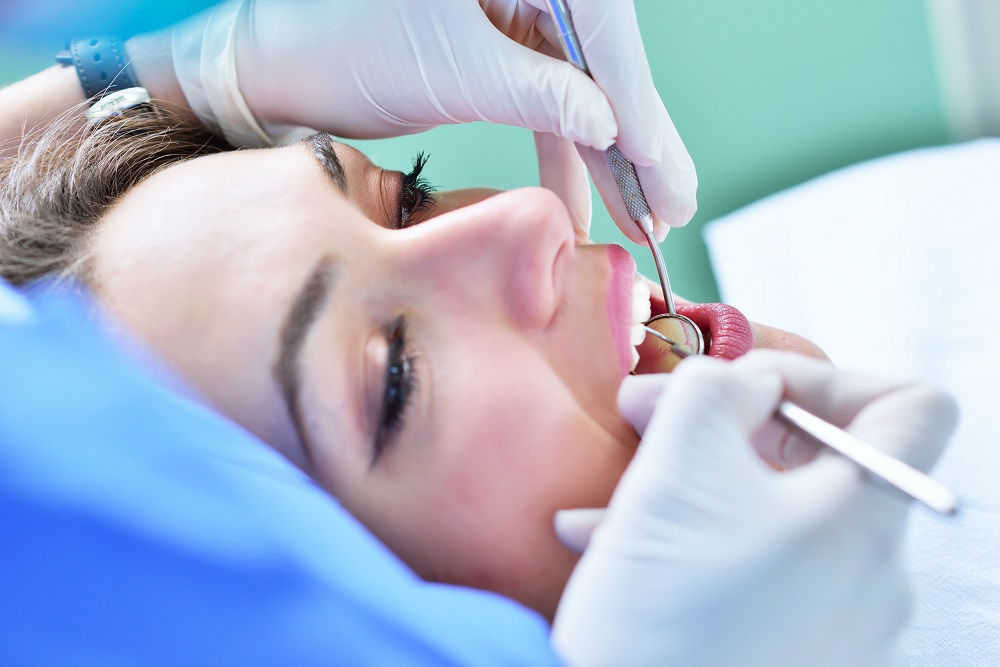How Sedation Dentistry Works

Sedation dentistry is what helps a lot of people get past their anxieties and into the dentist’s office so they can get these important treatments. These patients know that sedation dentistry works. And for many, that’s enough. They don’t need to know how it works. They just want to come in, be put to sleep, and wake up with a nice feeling of completion. But did you know that while it’s often referred to as “sleep dentistry,” that’s not actually an accurate term. (At least not all the time.) Let’s take a closer look at how sedation dentistry actually works, and you may be able to determine whether this is the solution you need to feel more comfortable in the office and get the necessary dental work done.
How Sedated Will You Really Be?
A lot of people believe that when you are sedated in the dental chair, you will be completely out cold while the procedure takes place. The truth is we actually need our patients to be awake throughout most treatments so they can answer questions and respond to certain prompts. You won’t actually be asleep. But you will be very relaxed and you won’t have any memories of the procedure. So the end result is that it will feel just like you slept through the entire thing. Depending on your situation, you may require a different level of sedation. There are four basic levels of sedation, including:
- Minimal sedation – The most common level which leaves you awake but very relaxed. This can be done with inhaled nitrous oxide or through oral medication.
- Moderate sedation – This is also called conscious sedation, and it takes you a little deeper. In order to keep precise control over the depth of the sedation, it is often administered with an IV drip.
- Deep sedation – This puts you on the edge of unconsciousness, but you can easily be woken up if necessary.
- General anesthesia – This is where you’re completely unconscious, and requires a certified anesthesiologist to monitor the procedure.
Inhalation or Medication
Another common misconception is that all dental sedation is accomplished through inhaling nitrous oxide. In fact, the most common method is through medication. Oral sedation is quick and simple. The patient simply takes the medicine before coming into the office (to be clear: before someone else drives them into the office), and then he or she will arrive completely relaxed but still in control.
When Do We Recommend Sedation?
Serious anxieties about visiting the dentist are actually more common than you might think. However, there are some other reasons we might recommend sedation dentistry, including:
- Having trouble sitting in the chair for longer treatments
- Low pain tolerances
- Bad gag reflexes
- Extremely sensitive teeth
A Safe Option
Sedation dentistry has been around for a long time. It’s well-tested and proven to be a safe option for people who experience dental anxiety. However, to ensure complete safety, we will need to know some things about your medical history. So, when we discuss your options, we’ll need you to tell us about:
- Other medical treatments for which you’re receiving treatments (especially heart or chest problems)
- Other medications you’re currently taking
- Alternative supplements you’re taking
- Your current level of alcohol and tobacco consumption
Contact us today to learn more about this procedure. We’ll tell you everything you need to know to make the best decisions for your dental care.
